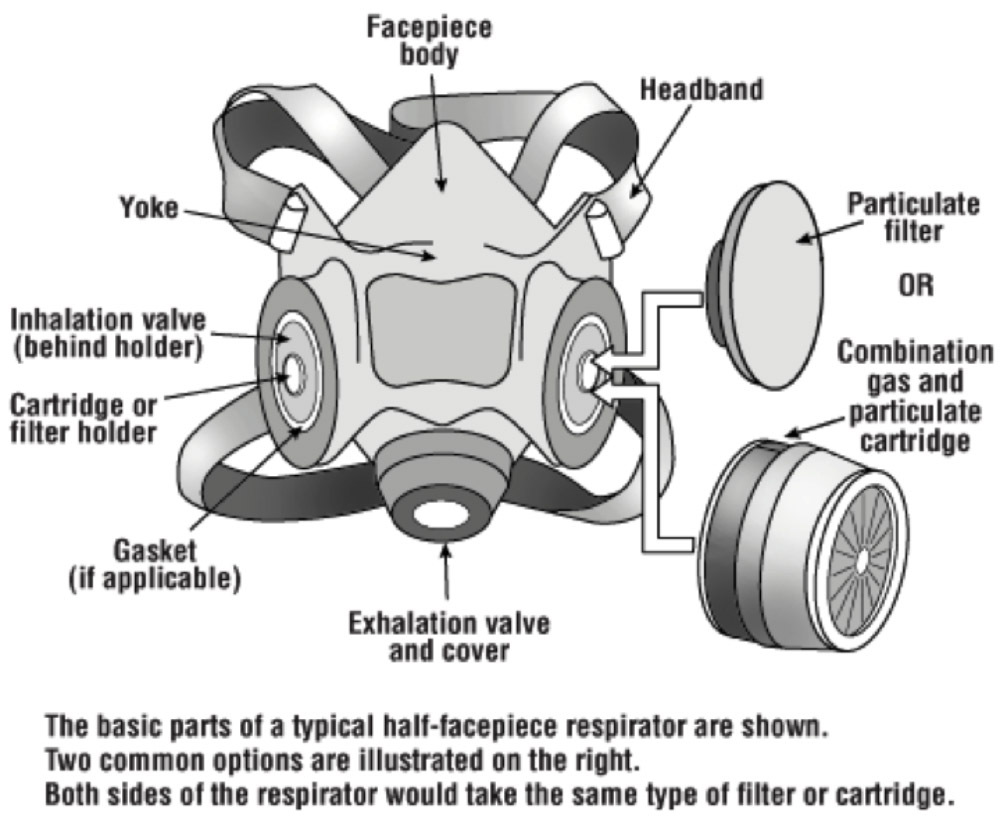Welcome to our second NACS safety Bulletin.
I chose respiratory protection as my second safety Bulletin topic because it is so important. I have noticed on my travels that it is one of the safety precautions that some chimney sweeps and stove installers do not pay proper attention to, especially some of the smokers.
Chimney sweeps require respiratory protection because soot particulates are carcinogenic. Soot causes cancer and the particulates are fine enough to be absorbed into the body through the lugs.
Each sweep or employee should have his own respirator, they should not be shared.
The NACS recommends the use of a respirator mask that meets the FFP3 standard. The reason for this is because soot particulates are very fine.
The FFP3 Respirator Mask would filter out at least 98% of the airborne respirable particles, whereas an FFP1 Respirator Mask would filter out just 78% of the respirable particles. FFP3 Respirator Masks are therefore most efficient in filtering out fine particles including carcinogenic soot, viruses and mould spores found in birds nests.
The main types of protection available are disposable respirators (masks), reusable respirators and powered air respirators. When choosing a respirator the two most important factors are the level of filtration and the fit. It the respirator does not fit correctly and there are gaps – then it won’t work! A respirator must fit the face to seal and filter the air.
Before using a respirator, the wearer must perform a positive and negative pressure check. The wearer should ensure current facial condition will allow an effective seal (for example the wearer must be clean shaven).
Follow the manufacturer’s instructions. To clean the respirator you should remove the filter canisters and wash with a mild dish detergent or a combination of detergent and disinfectant. Use a brush and warm water (49-60ºC or 120-140ºF). Rinse it with clean water, or rinse once with a disinfectant and once with clean water. The clean water rinse removes excess detergent or disinfectant that can cause skin irritation or dermatitis. It should then be dried on a rack or clean surface or hang from a clothes line. Position the respirator so that the facepiece rubber will not “set” crookedly as it dries. Store the respirator at the end of each shift to protect it from dust, sunlight, heat, extreme cold, excessive moisture, and contamination.
Between each sweep clean and disinfect the respirator with Commercial respirator cleaning wipes or anti bacterial wipes.
You should record all repairs and inspections and not mix parts from different manufacturers when repairing or replacing parts. Check for distortion caused by improper storage.

Figure 1 – Sample Half-face Respirator
In summary a FFP3 rated respirator is an essential piece of a chimney sweeps personal protection equipment. If used and cared for correctly it will protect its user from the harmful particulates that chimney sweeps encounter on a daily basis.